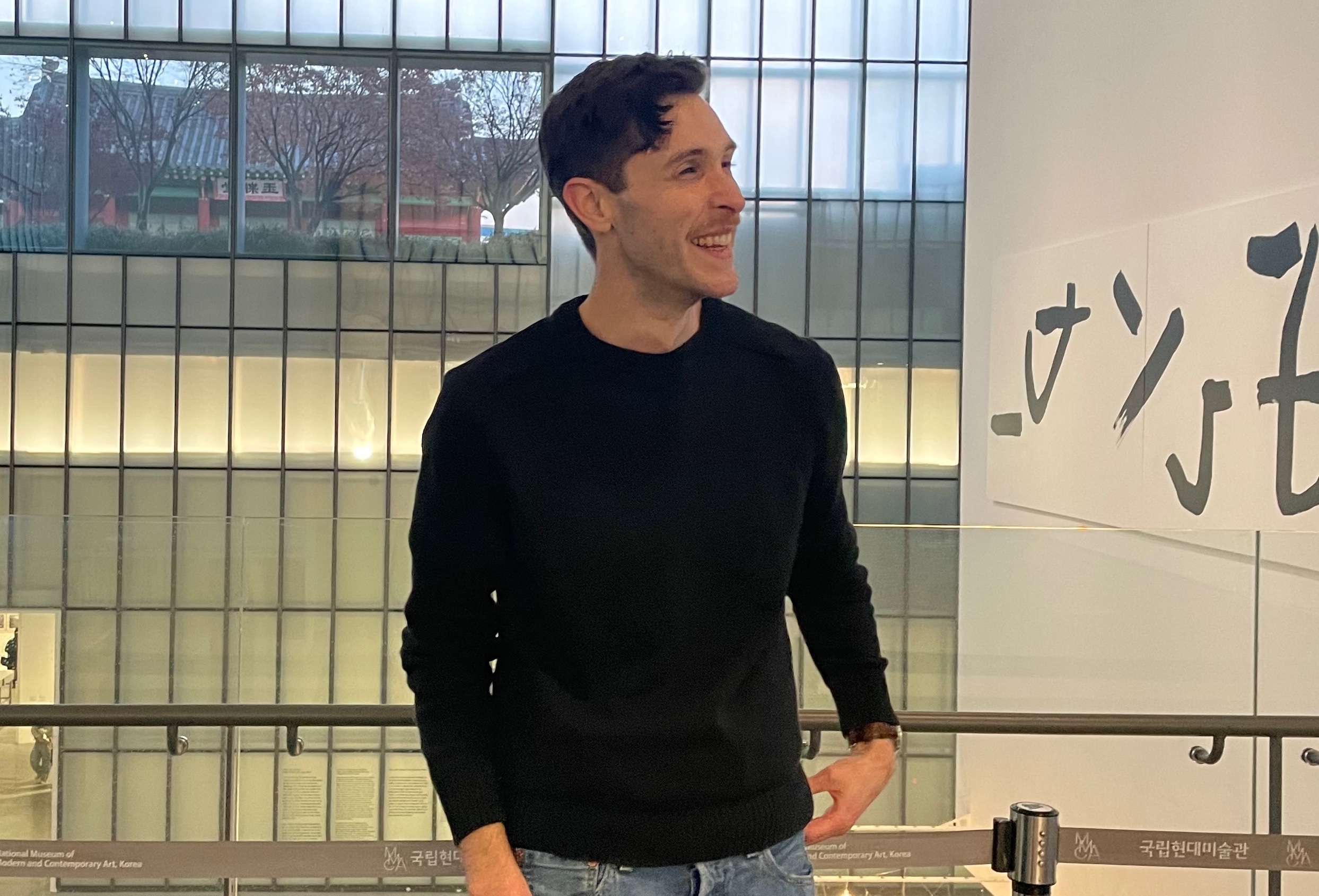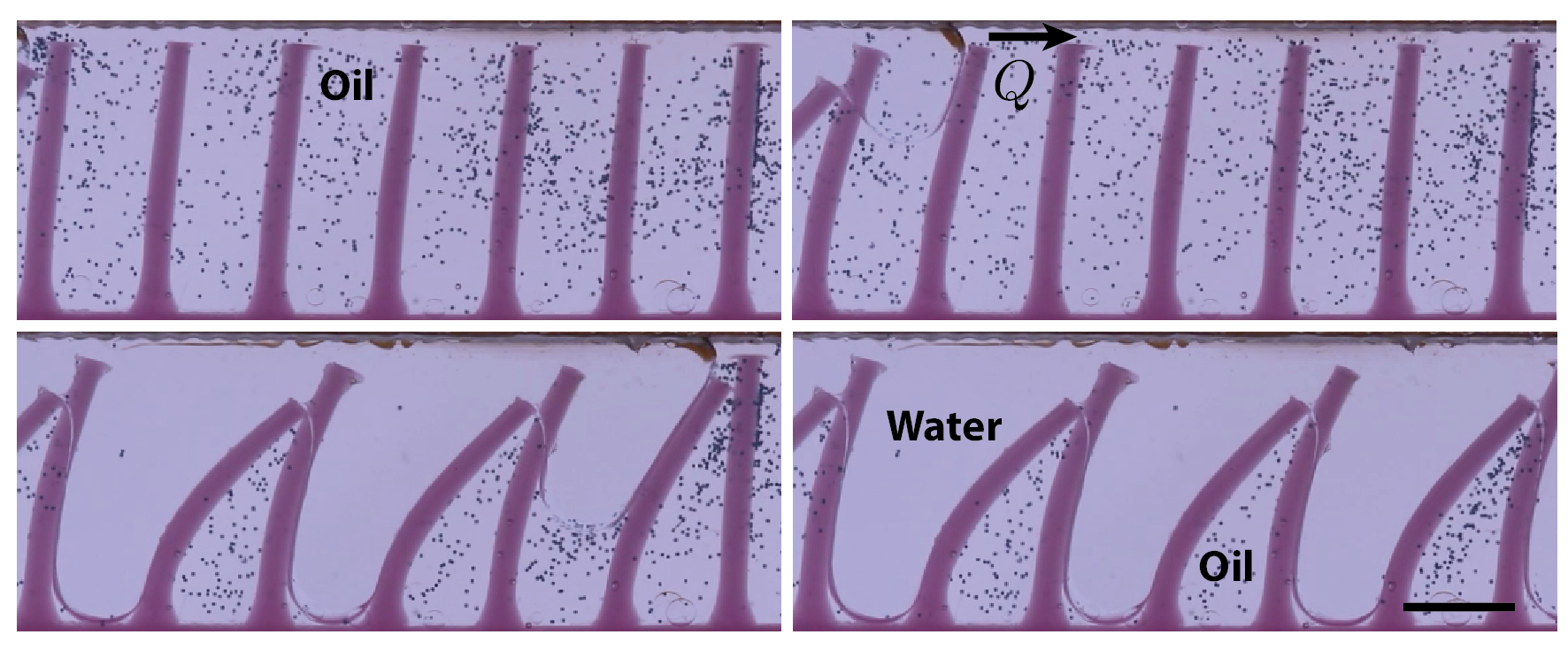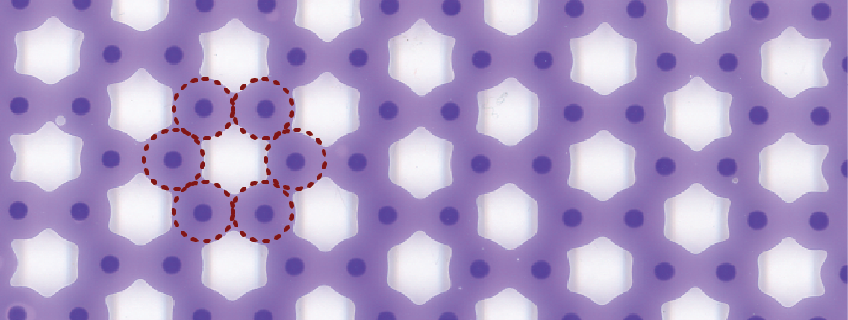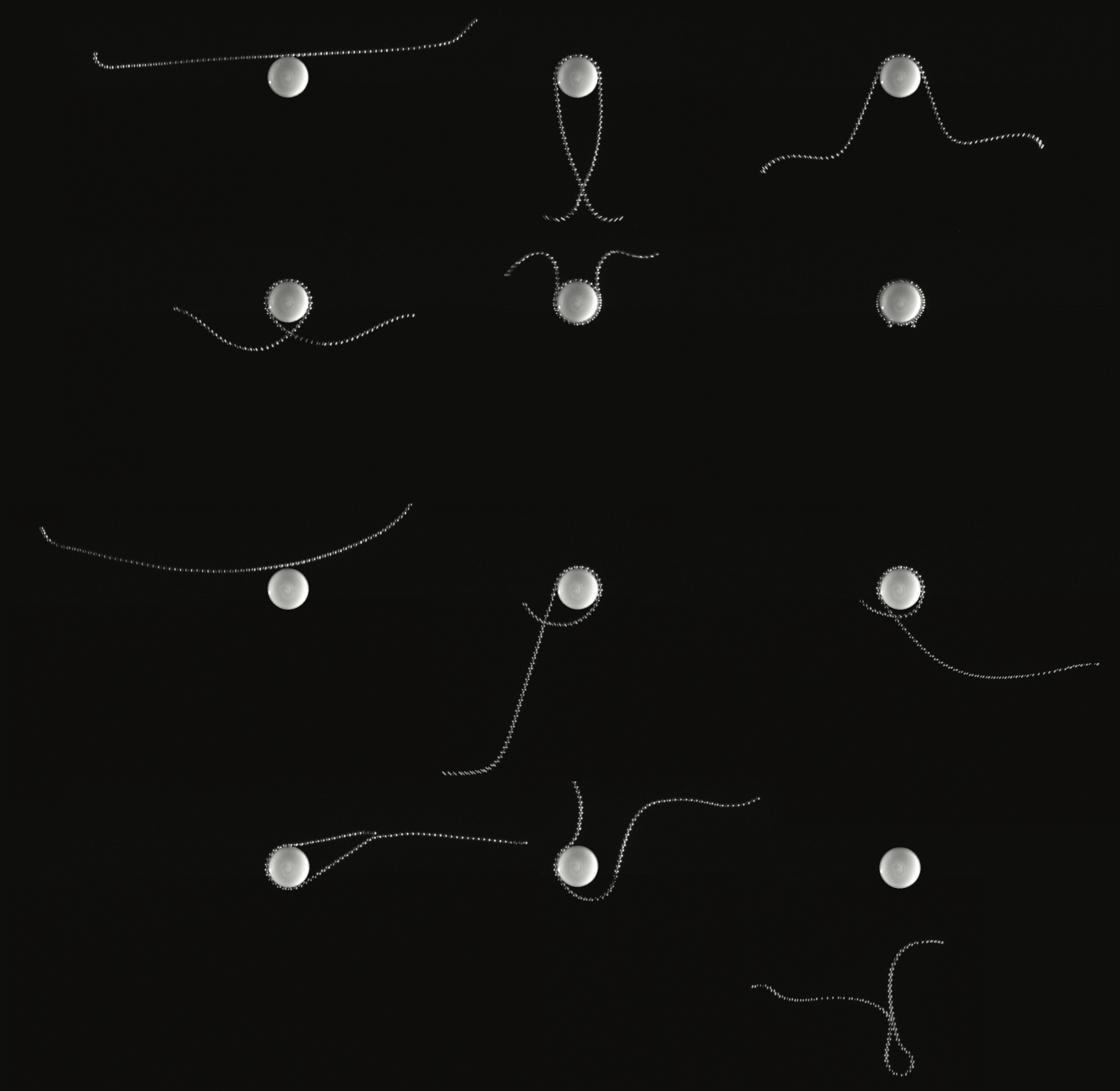About

I am a New York City-based scientist with a PhD from Princeton University's Department of Chemical & Biological Engineering. Here I would like to assemble a portfolio of my assorted work, projects, and interests.
My career has formed around an attraction towards the interdisciplinary spaces that connect technical disciplines, as well as their connections with greater society. Originally from Eastchester, New York, I completed my Bachelor's degree at the William E. Macaulay Honors College at CUNY, where I studied Chemical Engineering and Mathematics. In 2017 I graduated as Valedictorian of the Grove School of Engineering. After working as a research assistant at an AI biometrics startup, I started my PhD at Princeton in 2018, joining Pierre-Thomas Brun's Liquids & Elasticity Lab until my graduation in 2024. I am currently searching for career opportunities outside of academia, where I can build on a background in innovation, a passion for technical communication, and a drive to work on impactful projects.
Research
Google Scholar
Research has taken me through the worlds of fluid mechanics, elasticity, and materials science. Broadly, my doctoral research community was couched within the world of soft matter, an interdisciplinary science focused on the fundamental physics of deformable systems spanning applcations including bioengineering, soft robotics, manufacturing, and sustainability. Of particular interest are shape-morphing structures and mechanical metamaterials, which open the door for stronger, lighter, and less material intensive structures.
My dissertation in the lab of Pierre-Thomas Brun concerned several topics spanning fluid mechanics and soft matter, primarily thinking about confined flows and their interactions with deformable obstacles. In practice, our lab aimed to leverage both computational and experimental methods to develop reduced models that describe complex physical relationships. The following are more detailed descriptions of select projects

Natural systems are frequently textured with high-aspect ratio structures (e.g. cilia, fur) which are subject to forces associated with complex and interfacial flows. In this project I studied the mechanics of confined capillary flows through arrays of flexible fibers. In my study published in Physical Review Fluids, I aimed to answer questions including: how does a moving contact line navigate deformable obstacles? How do elastocapillary effects impact the maximum drainage of an intial layer of fluid from a system?

Confined capillary flows, i.e. the invasion of a fluid into a narrow geometry, are subject to forces related to the contact between fluid interface and confining substrate. In my article published in Advanced Materials, I leveraged capillarity as a fabrication tool for designing multi-functional thin films. In this system, fluid is spontaneously drawn into a Hele-Shaw cell due to capillary suction. I studied the resultant pattern formation when inlet ports are templated. On larger scales, the interactions between neighboring flows lead to tessellations and, more generally, designs that directly correspond to a graphical transform of the initial inlet configuration. Furthermore, I modeled the shape of droplets trapped within the fluid matrix as viscous forces resist surface tension-driven shape minimization. Upon freezing the trapped fluid, typically via a curing agent, the film can be then removed from the cell for use. I introduced several modes of complexity, including methods for the fabrication of composite materials with localized mechanical properties.
Other questions I've explored in my academic career include: how do fibers in flow navigate networks of obstacles in the context of filtration? How do contact networks form in dense, particle-laden suspensions during shear thickening? How does the deforamtion of an array of fluid-saturated hairs affect deposition, i.e., what are the physics of a paintbrush when pressed against a surface?

Teaching
As a graduate student, I had the opportunity to work as an Assitant in Instruction for courses on both the undergraduate and graduate level. In 2020, I received Princeton's teaching award given annually by the Graduate School to a small number of teaching assistants across the university. My teaching style is personal and attentive, focusing on availability to students, due diligence, and connecting abstract mathematical concepts to practical examples and interesting applications within science and engineering.
MAE 305 - Mathematics in Engineering I (Spring 2020 & Spring 2021)
Sophomore-level course for BSE students covering the theory and application of ordinary and partial differential equations. This course cumulatively builds up a toolkit of solution methods for ODEs, including separation of variables, Laplace transforms, and series solutions. These skills are ultimately applied in unison towards developing analytical solutions of basic PDEs. In order to build intuition, our course also included utilization of computational software tools, e.g., Wolfram Mathematica. My responsibilities included weekly review and problem-solving lectures, office hours, online forum moderation, and grading.
CBE 517 - Soft Matter Mechanics: Fundamentals & Applications (Fall 2022)
Graduate-level course surveying the mathematical treatment of a variety of soft matter systems, drawing on fields such as elasticity and interfacial fluid mechanics. Lectures covered a diverse array of topics, including elastica theory, interfacial instabilities, bifurcation theory, and the state of the art in soft matter research. Problem sets helped students to develop the solutions of canonical systems studied in class and extensively leveraged technical computing software, while the final projects allowed students to explore a soft matter topic of their choice. As an AI I held office hours, graded assignments, helped to develop the class syllabus, and provided guest lectures.
Projects

Interests

Contact
Elements
Text
This is bold and this is strong. This is italic and this is emphasized.
This is superscript text and this is subscript text.
This is underlined and this is code: for (;;) { ... }. Finally, this is a link.
Heading Level 2
Heading Level 3
Heading Level 4
Heading Level 5
Heading Level 6
Blockquote
Fringilla nisl. Donec accumsan interdum nisi, quis tincidunt felis sagittis eget tempus euismod. Vestibulum ante ipsum primis in faucibus vestibulum. Blandit adipiscing eu felis iaculis volutpat ac adipiscing accumsan faucibus. Vestibulum ante ipsum primis in faucibus lorem ipsum dolor sit amet nullam adipiscing eu felis.
Preformatted
i = 0;
while (!deck.isInOrder()) {
print 'Iteration ' + i;
deck.shuffle();
i++;
}
print 'It took ' + i + ' iterations to sort the deck.';
Lists
Unordered
- Dolor pulvinar etiam.
- Sagittis adipiscing.
- Felis enim feugiat.
Alternate
- Dolor pulvinar etiam.
- Sagittis adipiscing.
- Felis enim feugiat.
Ordered
- Dolor pulvinar etiam.
- Etiam vel felis viverra.
- Felis enim feugiat.
- Dolor pulvinar etiam.
- Etiam vel felis lorem.
- Felis enim et feugiat.
Icons
Actions
Table
Default
| Name |
Description |
Price |
| Item One |
Ante turpis integer aliquet porttitor. |
29.99 |
| Item Two |
Vis ac commodo adipiscing arcu aliquet. |
19.99 |
| Item Three |
Morbi faucibus arcu accumsan lorem. |
29.99 |
| Item Four |
Vitae integer tempus condimentum. |
19.99 |
| Item Five |
Ante turpis integer aliquet porttitor. |
29.99 |
|
100.00 |
Alternate
| Name |
Description |
Price |
| Item One |
Ante turpis integer aliquet porttitor. |
29.99 |
| Item Two |
Vis ac commodo adipiscing arcu aliquet. |
19.99 |
| Item Three |
Morbi faucibus arcu accumsan lorem. |
29.99 |
| Item Four |
Vitae integer tempus condimentum. |
19.99 |
| Item Five |
Ante turpis integer aliquet porttitor. |
29.99 |
|
100.00 |




